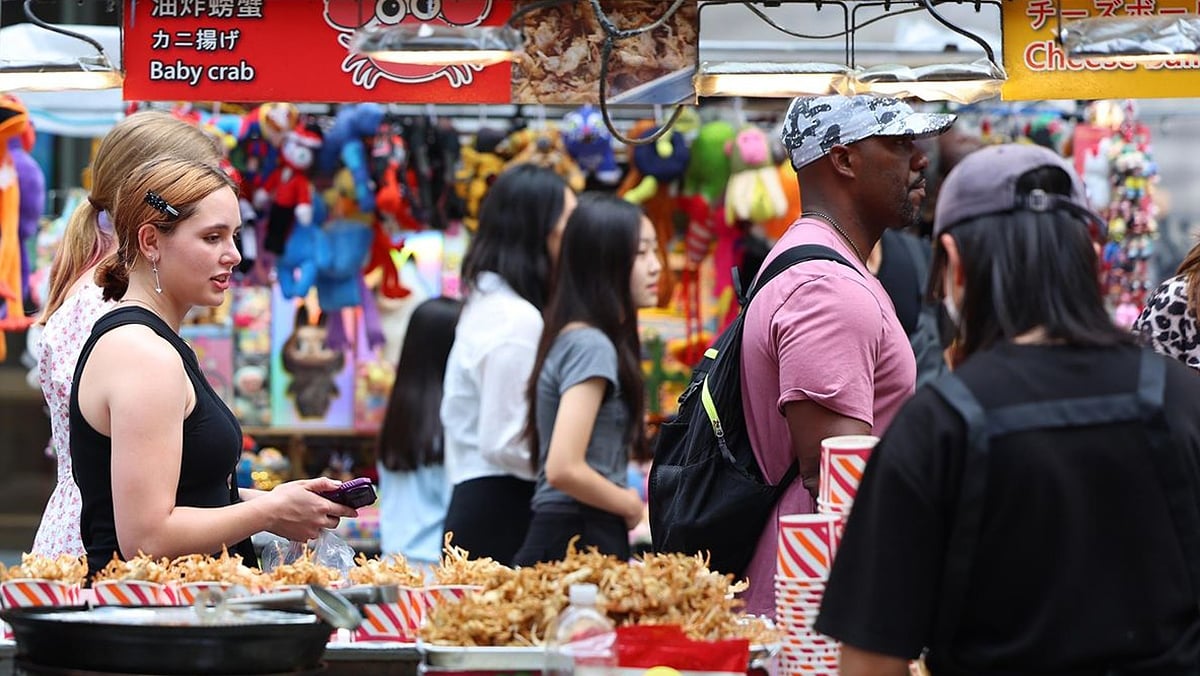
Tourists visit shops in Myeongdong, Seoul, August 20. (Photo: Yonhap)
'K-pop Demon Hunters' reshapes Seoul's tourism map
With the popularity of “K-pop Demon Hunters,” a Netflix animated series released two months ago about a girl group that fights evil spirits at night, Seoul city officials are hoping to attract more tourists to the city, which served as the main setting for the series with its famous landmarks such as Bukchon Hanok Village, N Seoul Tower and diverse food culture.
With the strong influence of K-pop, the Seoul city government recently decided to build Seoul Arena, which, upon completion (expected in March 2027), will become the largest address in Korea dedicated to K-pop.
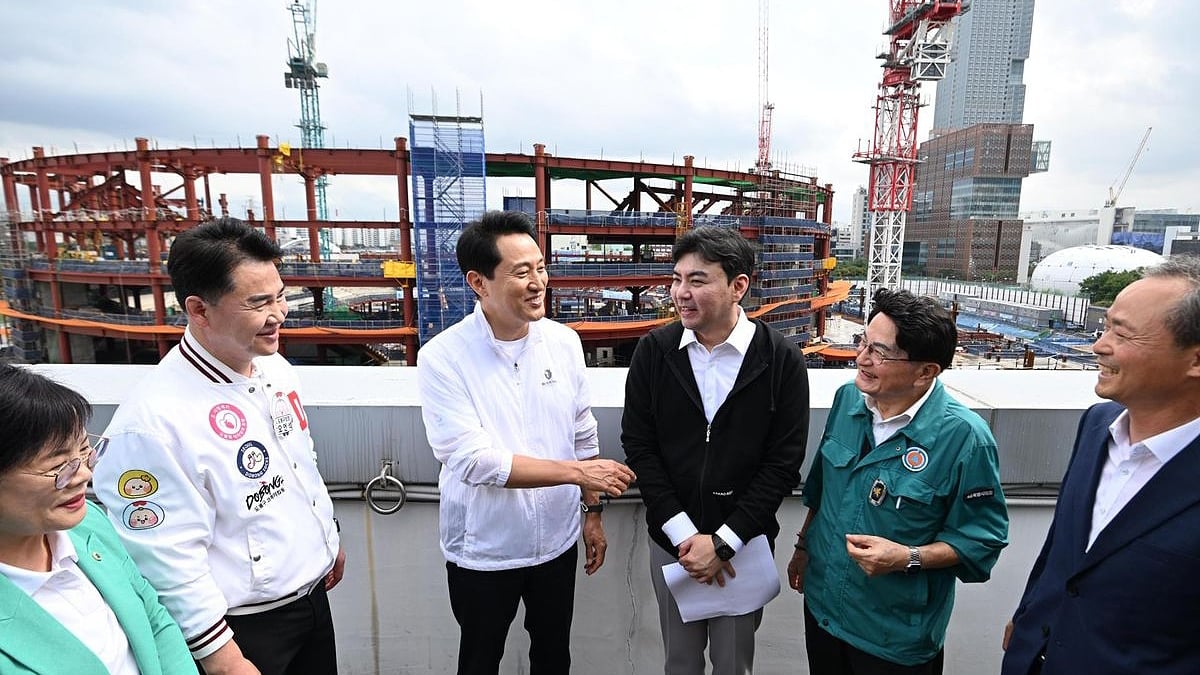
Seoul Mayor Oh Se Hoon, third from left, inspects the Seoul Arena construction site. (Photo: Seoul Metropolitan Government)
“Within a year and a half, Seoul Arena will become a world- class concert destination that attracts top international artists,” said Seoul Mayor Oh Se Hoon. “By providing world-class facilities, we aim to attract 2.7 million visitors a year and become a major driving force for the growth of K-pop and the Korean pop culture industry.”
Seoul Arena will be developed into a multi-purpose cultural complex, including a main concert hall with a capacity of up to 28,000 spectators, along with various commercial facilities. “The steady increase in international visitors to Seoul proves that the city’s unique blend of flavors, styles, and vibrancy offers attractive travel experiences for visitors, making it competitive in the global tourism market,” said Koo Jong Won, Director of the Seoul Tourism and Sports Agency. “We will continue to develop unique tourism content and innovative services to reach 30 million international visitors soon, making Seoul a top tourist destination in the world.”
South Korea’s tourism industry is undergoing a dramatic change as the global success of the K-pop animated series “Demon Hunters” draws hordes of fans to the country. The record-breaking success of the series is sparking interest in new destinations and experiences tied to Korean pop culture.
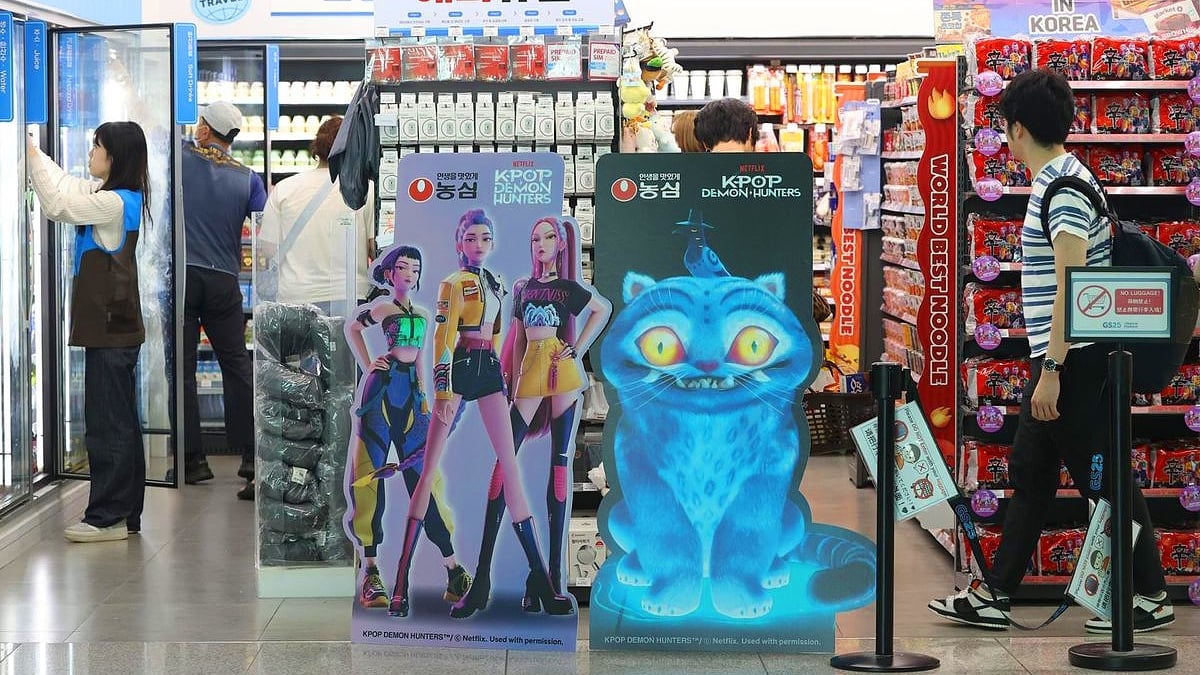
Banners advertising products featuring characters from the K-pop drama “Demon Hunters” at a convenience store in Terminal 2 of Incheon International Airport. (Photo: Yonhap)
Local businesses and tourism officials have felt the impact of “K-pop Demon Hunters.” Cafes, recording studios and tourist attractions have seen a surge in visitors eager to experience the world recreated in “K-pop Demon Hunters.” Hotels say bookings have surged, along with the rise of fans wanting to immerse themselves in the drama’s inspirational setting at pop culture-themed destinations.
The museum's souvenir shops are seeing a surge in sales of souvenirs inspired by the characters on screen such as magpies and tigers, lapel pins, glass cups, key chains, etc., creating a wave of tourists lining up in front of the museum even before it opens.
New destinations and tourism products formed from "K-pop Demon Hunters"
International fans of “K-pop Demon Hunters” flocked to locations featured in the drama, turning Seoul’s Naksan Park Fortress Trail, where main characters Rumi and Jinwoo first met, and Bukchon Hanok Village into must-see popular spots.
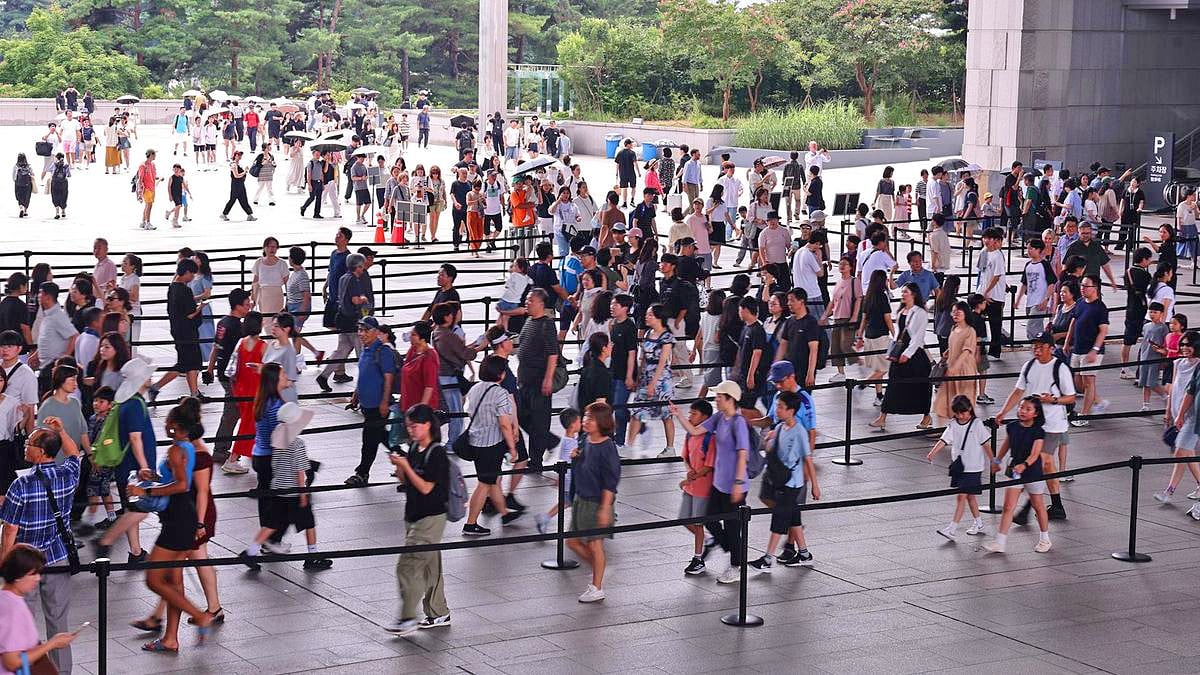
Visitors line up to enter the National Museum of Korea in Seoul on August 1. (Photo: Yonhap)
The Korean Medicine Promotion Center in Seoul, modeled after a herbal medicine store in the drama, and the N Seoul Tower on Namsan Mountain, the venue for the “Your Idol” concert in the drama “K-pop Demon Hunters,” have also become popular and joined the list of must-see tourist destinations for fans.
According to Seoul city officials, social media posts mentioning Naksan Park have nearly doubled in the two months since “K-pop Demon Hunters” debuted, reaching 3,535 on platforms like YouTube and Instagram compared to 1,624 in the same period last year.
“K-pop Demon Hunters” offers glimpses into the everyday lives of South Koreans, going beyond the music to highlight the country’s heritage and modern culture. Scenes include everything from public bathhouses and hot dog stands to K-beauty clinics and coin karaoke rooms, giving viewers a multi-dimensional view of Seoul and contemporary South Korea, and every detail has become a target for fans to explore.
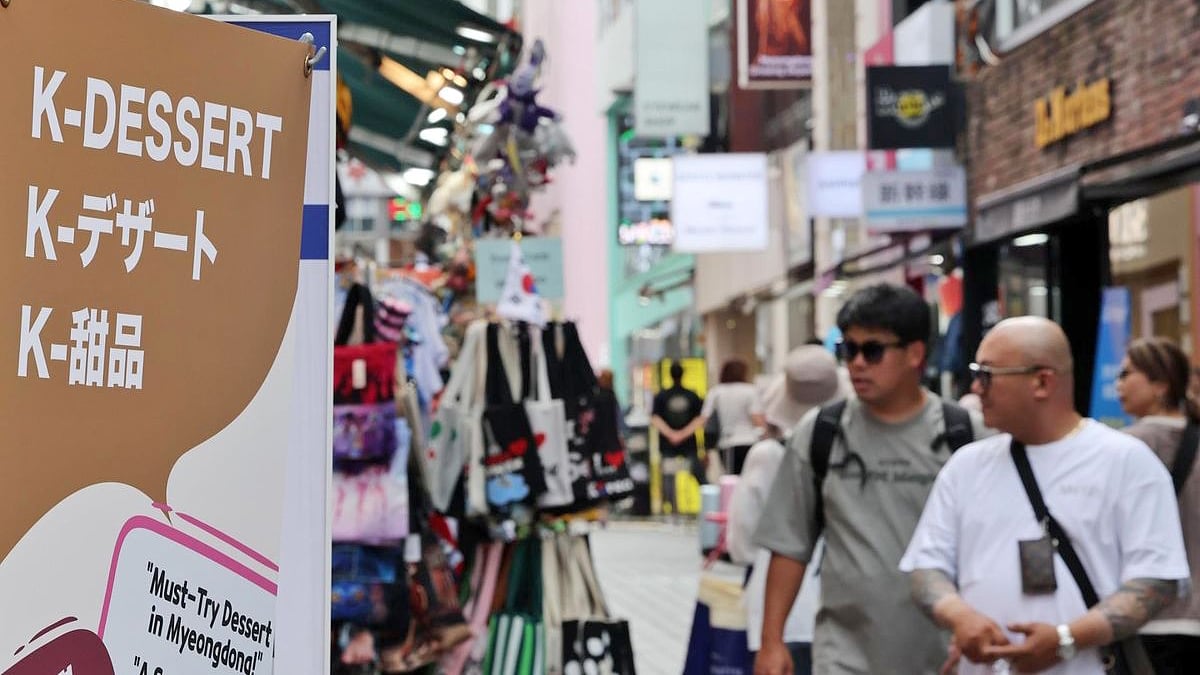
International tourists stroll around food stalls in the central shopping and tourist district of Myeongdong, Seoul. (Photo: Yonhap)
Data from Creatrip shows that foreign tourists’ spending on traditional Korean hanbok costumes increased 30% compared to the previous month, while public bathhouse tour packages increased 84%. Demand for K-pop dance classes is even more impressive. Fans are not only eager to rewatch their favorite scenes, but also enjoy the familiar foods the main characters love, from gimbap and rice soup to instant noodles and Korean snacks. All the numbers show that pop culture and “Demon Hunters” K-pop are shaping travel and food trends.
A recent government survey found that 32.1% of international tourists were inspired by popular Korean pop culture content, and the total number of K-culture fan clubs worldwide reached 225 million. This year, the number of tourists is expected to increase to 20.9 million, generating an estimated 29.4 trillion won ($20.25 billion) in economic activity.
Source: https://bvhttdl.gov.vn/du-lich-seoul-hut-khach-quoc-te-nho-k-pop-va-cong-nghiep-van-hoa-20250905152206363.htm



![[Photo] National Assembly Chairman Tran Thanh Man receives Chairman of the House of Representatives of Uzbekistan Nuriddin Ismoilov](https://vphoto.vietnam.vn/thumb/1200x675/vietnam/resource/IMAGE/2025/10/27/1761542647910_bnd-2610-jpg.webp)
![[Photo] Party Committees of Central Party agencies summarize the implementation of Resolution No. 18-NQ/TW and the direction of the Party Congress](https://vphoto.vietnam.vn/thumb/1200x675/vietnam/resource/IMAGE/2025/10/27/1761545645968_ndo_br_1-jpg.webp)


![[Photo] The 5th Patriotic Emulation Congress of the Central Inspection Commission](https://vphoto.vietnam.vn/thumb/1200x675/vietnam/resource/IMAGE/2025/10/27/1761566862838_ndo_br_1-1858-jpg.webp)
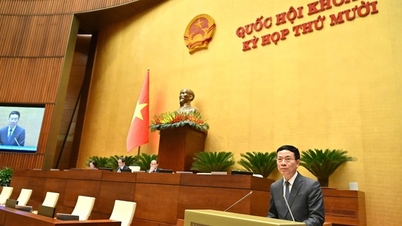

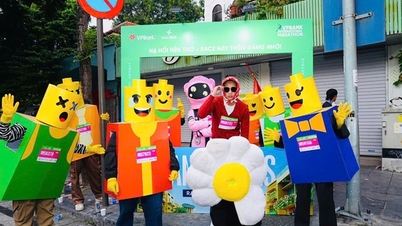
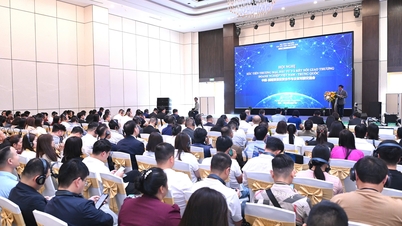

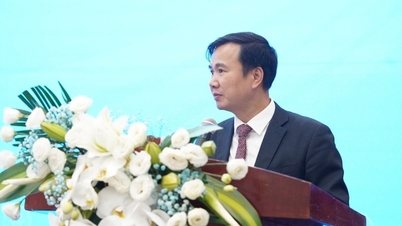
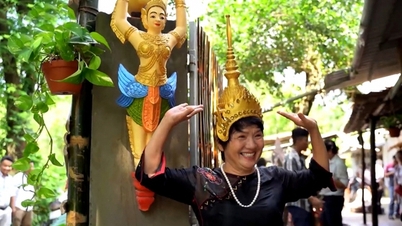
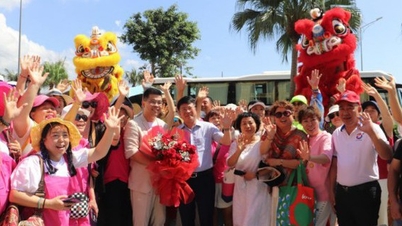




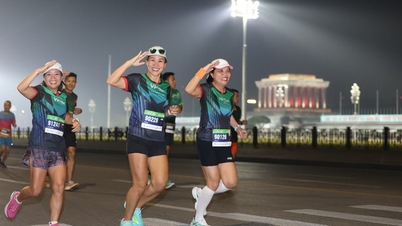
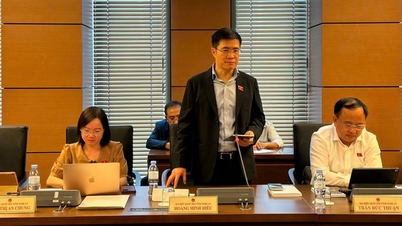
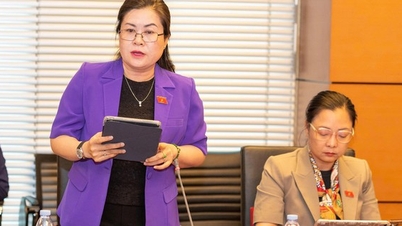
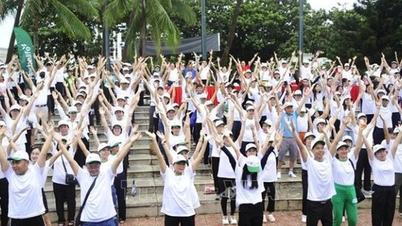
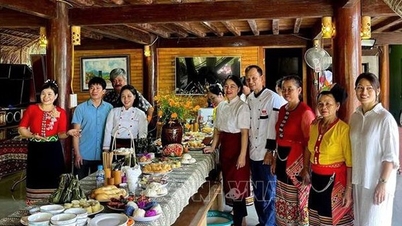
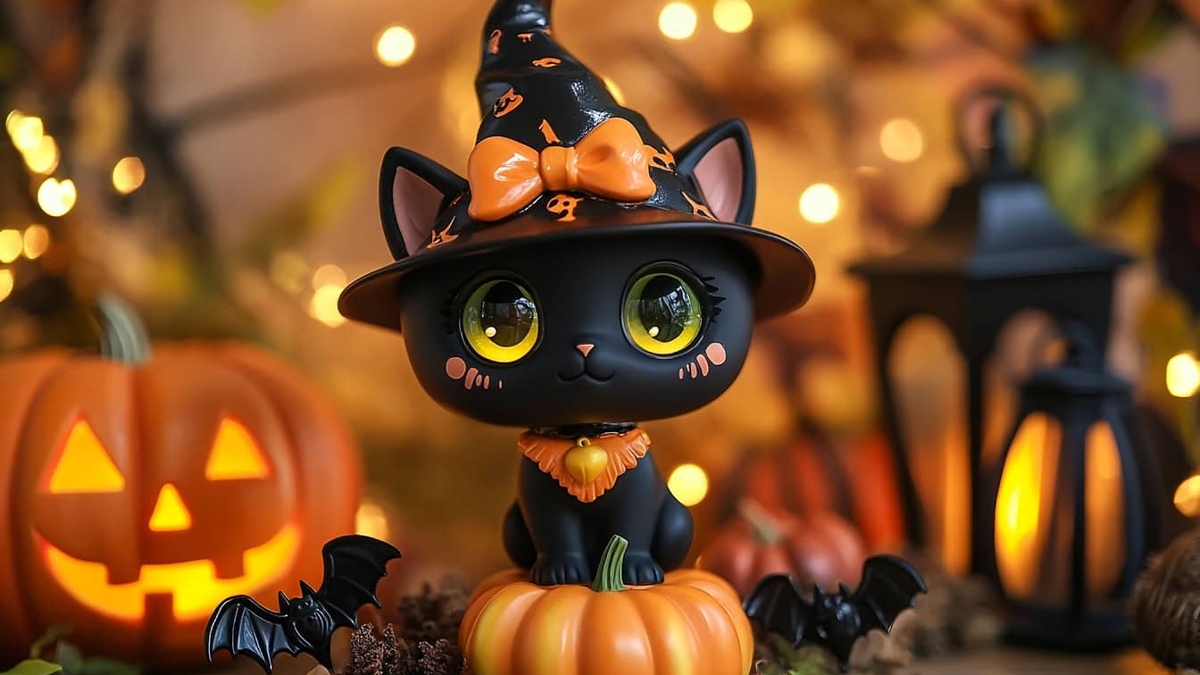
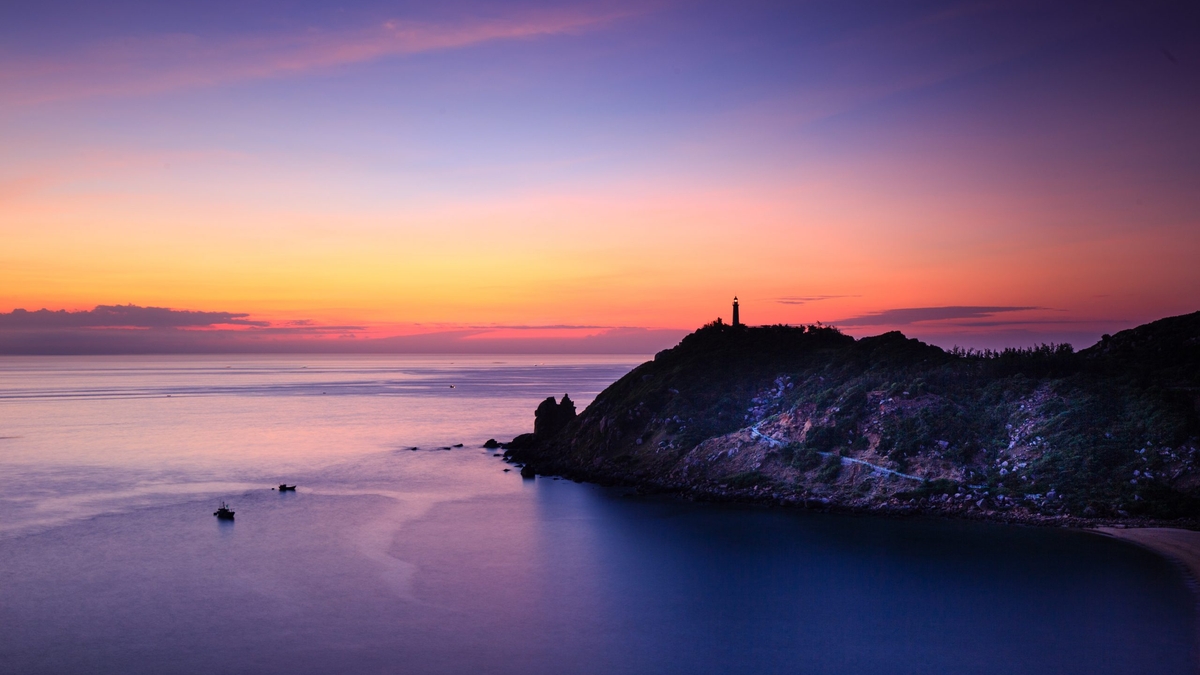








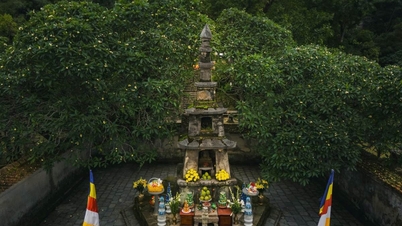

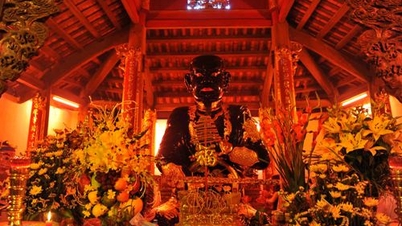


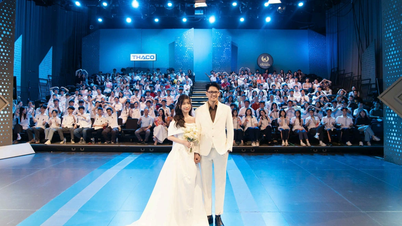

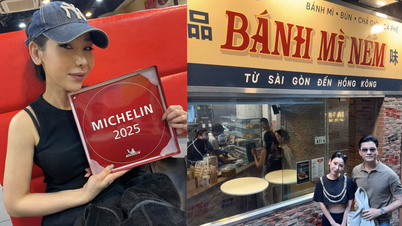

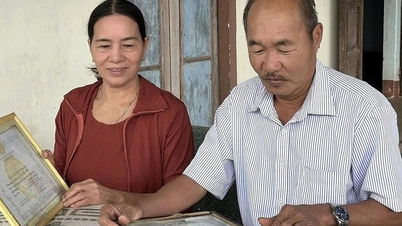
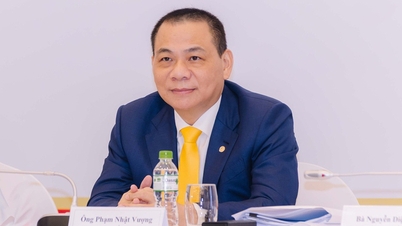


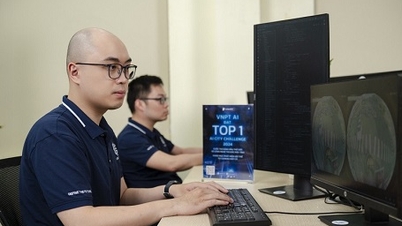



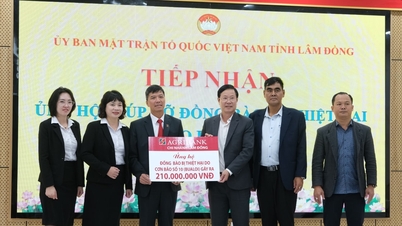



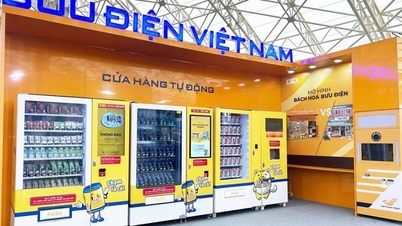
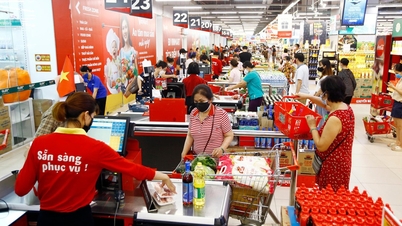






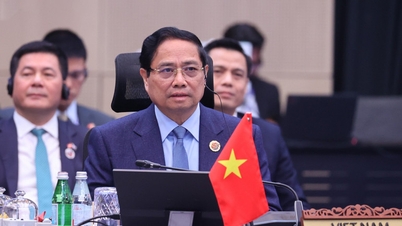

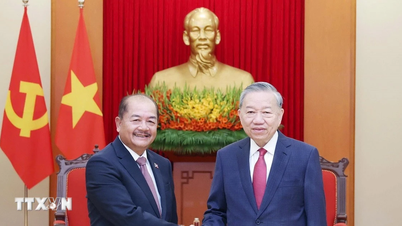

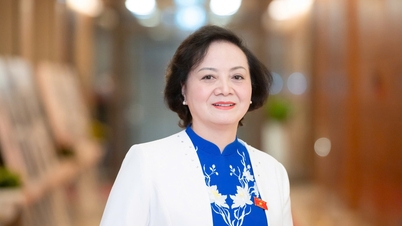

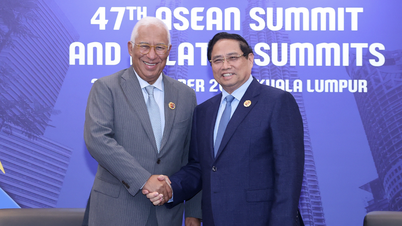
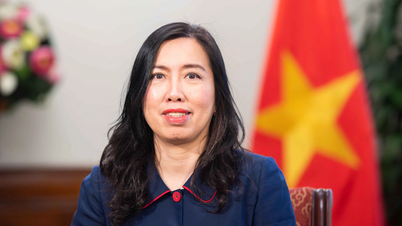
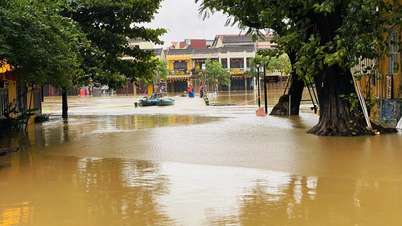
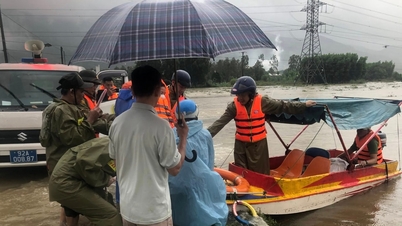

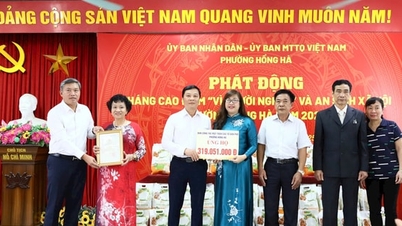

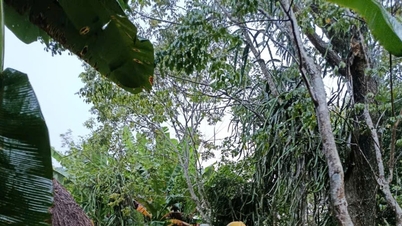
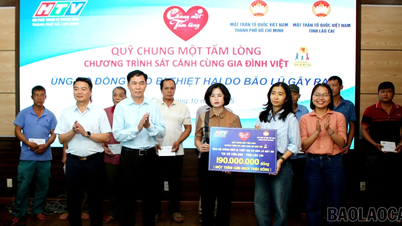

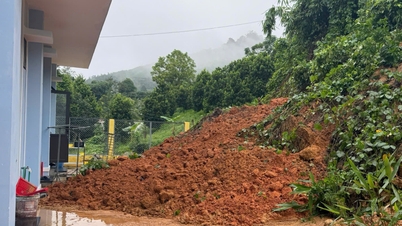

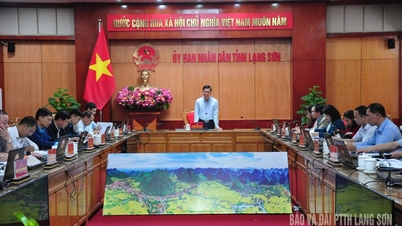
















Comment (0)